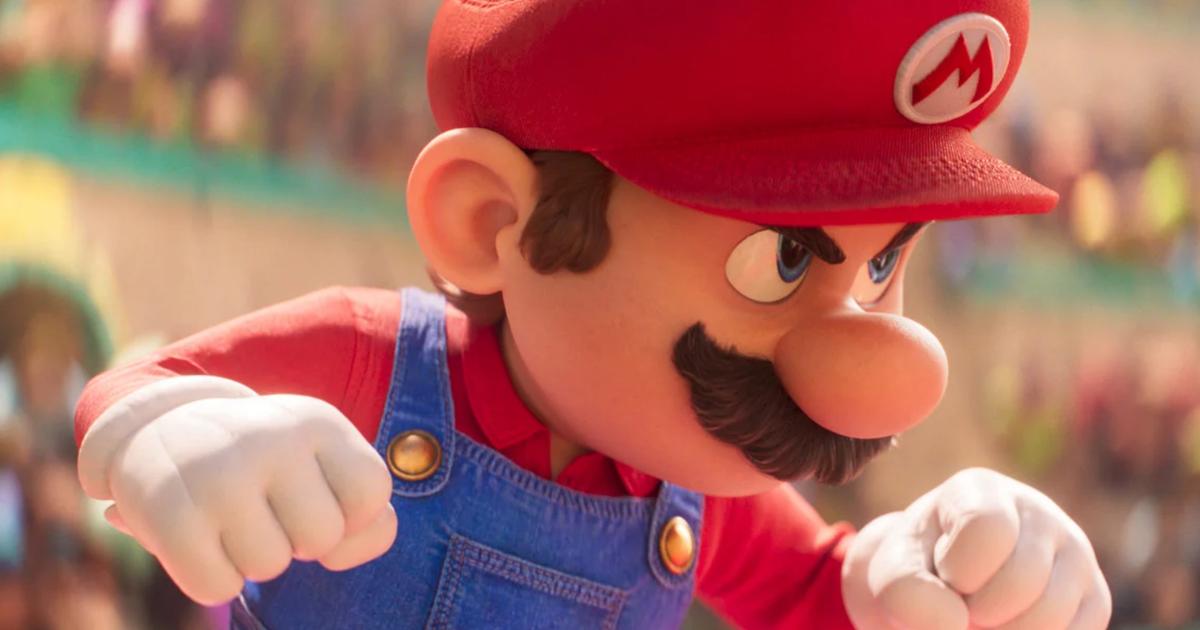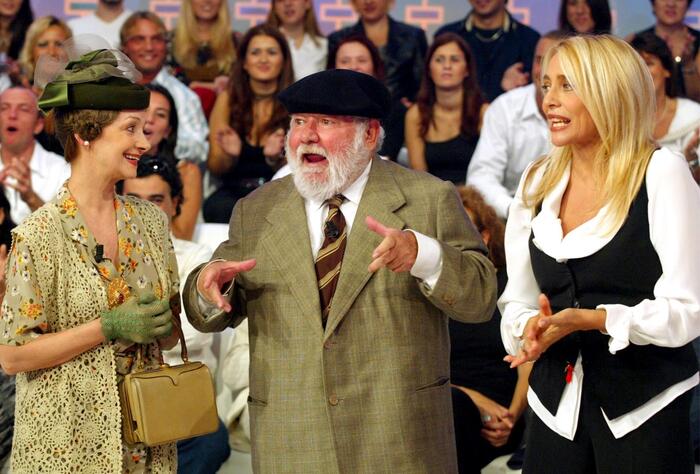Luis Buñuel in 1974 during the filming of 'El fantasma de la libertad' JOHN SPRINGER COLLECTION / CORBIS
The concentration of talent in golden Hollywood may be comparable to that of Pericles' Athens, as critic Robin Wood put it, but not all the geniuses who passed through were able to make their mark on the Walk of Fame.
There is the case of Luis Buñuel, who in two years did not manage to raise any project.
Not even the one he conceived in 1944 with his former surrealist accomplice Man Ray, the same one who 15 years earlier had helped him to release
An Andalusian Dog
(1929).
The filmmaker and playwright Esteve Soler (L'Hospitalet de Llobregat, Barcelona, 44 years old) now sets out to find, if it exists, that lost script.
More information
The Spain that was filmed in exile
'An Andalusian dog', 17 historical minutes
Buñuel, who arrived in Los Angeles in the summer of 1944, explains in his memoirs,
My Last Sigh,
that one day he discovered an immense garbage dump with “two or three inhabited houses”, and saw a 14-year-old girl come out of one of them. 15 years. “I imagined that she was living a love story in this end-of-the-world setting. Man Ray agreed with me, but impossible to find money, "he wrote. That failed embryo was going to be called
The Sewers of LA
(The sewers of Los Angeles). "There is no evidence that the script exists, but there are facts that suggest that the project was developed to the end," explains Soler, who has won one of the 59 Leonardo scholarships to Researchers and Cultural Creators awarded this year by the Foundation BBVA, 35,800 euros that will be used for a search that will begin with the archives of Metro Goldwyn Mayer and Warner Bros., production companies for which Buñuel worked during that stage.
He is aware of the uncertainty of the company. "But the script is the holy grail." Or the
macguffin
: beyond finding it or not, it is about "investigating a very specific moment in Buñuel's career on which there is not much light", among other things because the filmmaker himself did not like to elaborate on what for him It was a sad period, marked by health problems - sciatica punished him viciously -, the siege of the FBI, which spied on him conscientiously, and unemployment.
Buñuel landed in California hired by Warner as head of its Spanish dubbing department, after being accused by Dalí in his memoirs of being an atheist and communist and being forced to leave his job at the MoMA in New York. The statement also marked the beginning of the espionage to which he was subjected for three decades by the FBI —the first Federal Office report on him dates from 1942 and the last, from 1971—, as explained by Fernando Gabriel Martín Rodríguez in
El ermitaño errante . Buñuel in the United States
(Tres Fronteras, 2010). The follow-up began in New York and intensified in Los Angeles. The FBI has declassified eight reports on his stay in this city dated between July 1945 and February 1947 (in the latter it was reported that he had left for Mexico).
Warner closed the dubbing unit in November 1945 and Buñuel no longer went back to work in Los Angeles, even though he spent almost one more year there, until October 1946. In that Californian stage, “a dozen projects arose,” says Soler. , but none did.
Neither
The Sewers of LA,
nor the mystery film
The Midnight Bride
, nor the adaptation of
The House of Bernarda Alba
that was going to shoot in Paris.
Although something remained of the project with Man Ray: in his book
Le Surréalisme au cinema,
Ado Kyrou says that Ray was surprised when he saw
The Forgotten
(1951) by the similarity between the scene of the final sequence and that landfill in Los Angeles.
Self-portrait of Man Ray made around 1934.MAN RAY
“Buñuel and Man Ray meet again in a Hollywood that is not thinking about artists, but about money.
And they want to make a completely
underground
film
”.
A tale of a girl in love who survives badly on the fringes of the so-called factory of dreams.
Soler, taking into account this approach and the surrealist, even Buñuelian affiliation, of his also admired David Lynch, does not resist the comparison: "Buñuel tries to do
Mulholland Drive
before
Mulholland Drive
".
Soler recalls that in 1972, Buñuel returned to Los Angeles.
I was going to present
The Discreet Charm of the Bourgeoisie,
with which months later he would win the Oscar, and George Cukor organized a tribute dinner for him. The legendary evening was attended by John Ford, William Wyler, Alfred Hitchcock, George Stevens, Rouben Mamoulian, Billy Wilder and Robert Wise, as well as a young Robert Mulligan. Stevens proposed a toast: "So, despite our differences of origin and beliefs, he gathers us around this table." "I drink, but I have my doubts," replied the Aragonese, according to his own version, although there are others. In any case, he had reason to doubt: when he spent three decades without work in the mecca of cinema, most of his table companions were already established filmmakers. But then there was neither honors nor work for him.
That is the “fascinating contradiction” that, says Soler, fuels his project: “At that time, that great filmmaker who 30 years later would win the Oscar could hardly support his family, and the great producers passed on him”. The idea, beyond finding the script, is "to convey to the new generations that someone who is part of the canon has also lived through stages in which he was almost anonymous". Explaining it through Buñuel is for Soler to launch an “inspiring” message, because “although it is now easier to shoot, it is still very difficult to make a film”.
He wants to do it, yes, through fiction.
If that dark angel period already nurtured the essay
El ermitaño errante
and the comic by Queco Ágreda, Javier Ortiz and Guillermo Montañés
La noche perdida by Luis Buñuel
(Gobierno de Aragón, 2018), Soler aspires to build after his investigation a play or maybe even a movie.
A tale, if anything, in which
Mulholland Drive
"It will not be another reference," he anticipates.
At the end of the day, Buñuel assumes the same role in this story as the protagonist of that Lynchian labyrinth or the adolescent at the landfill for whom he imagined a love story: that of the lost character who lives poorly in the suburbs, or the sewers. , of that surreal, nightmarish mother of all American dreams called Hollywood.









